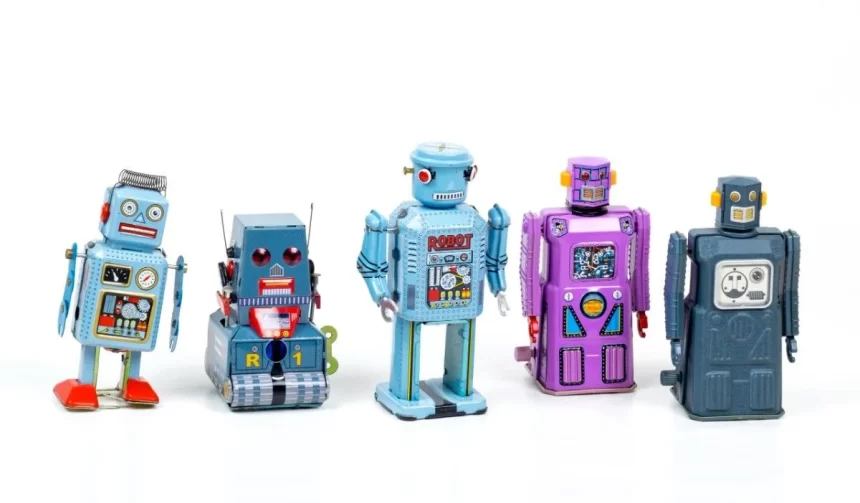There’s no dispute about robots having a destructive influence on our lives. Around the same time, much attention appears to be paid to the impact that they would have on the workforce, rather than the advantages they might bring to the everyday lives of people. The use of robotics will not only reduce the cost of certain goods and services but will also allow a larger number of people access to items that might have been out of their reach previously.Robots improving Standard of Living.
Here are only a few ways Robots improving Standard of Living:
Robots are going to free people to do interesting, innovative work.
In the workplace, robots can be used not to replace humans but to free them from the monotony of carrying out every day, low-level task. For example, the talents of an assistant are much better suited to such things as organizing schedules and handling correspondence than responding to simple visitor queries. Having robots take over such basic tasks allows workers time to concentrate on issues that have a demonstrable effect on the company’s bottom line, problems that need more brainpower, and more imagination to tackle.
Robots will do jobs that people aren’t able to do.
Many works, such as crop planting and harvesting, require much physical strength and energy to perform. They also tend to be more difficult to fill: farmers around the world, from the United States to New Zealand, reported having trouble finding enough labor to harvest their crops. Farmers in France reportedly had to fly in Ecuadorian workers, which are thousands of miles away, to carry in field production. Others have scaled back production, simply because they can’t find enough manpower. In view of this, some farms use robots to do a lot of the job, from picking berries to packing salad to weeding fields. Especially in the U.S., where 55 percent of farms have recorded labor shortages, such technology has become increasingly important to ensure that they stay on the land – and that no goods are going to waste.
Robots allow a greater number of people to access products or services that they wouldn’t have been able to afford previously.
There is no question that robots are far more efficient than humans, especially when it comes to things like manufacturing goods. Not only are robots able to work with greater accuracy, which decreases the amount of time and wasted resources, they can also work faster (and longer) than humans can. Although this may have a detrimental effect on the jobs people rely on, it often makes the price of products higher by reducing production costs. That, in addition, has the effect of making sure items more available to a wider variety of people, whether they are vehicles, clothes, or computers. For example, a shop that uses robots to make coffee could (in theory) lower a latte’s price, since it takes less labor to run the store. Or, to use a non-robotic (but still AI-related) example, a computer capable of translating between multiple languages makes travel more accessible, as it allows people the freedom to move around and experience things as they like, rather than following the regular tourist trail.
Robots will allow a better work-life balance to be achieved by employees.
This is an expansion of the first chapter, in several respects. Since robots will be able to take over at least some of the day-to-day job functions of humans, people will have more leisure time available to them. This implies, of course, that steps are put in place to help workers who find their jobs replaced by technology find new positions and develop new skills, and that employers continue to understand the value human employees bring to an organization. Instead of thinking solely about robots in terms of the humans, they might replace, it’s instructive to think about the advantages they’ll offer. There is no doubt that this technology would have an immensely positive impact on the world as a whole, from more satisfying employment to expanded access to products and services previously only accessible to the wealthy.










